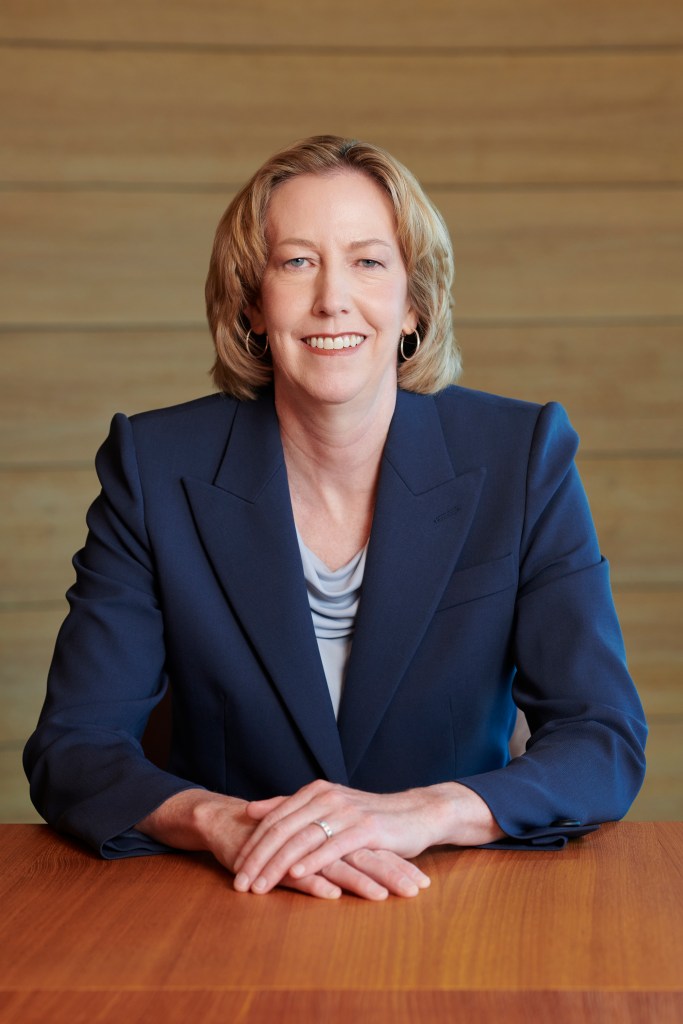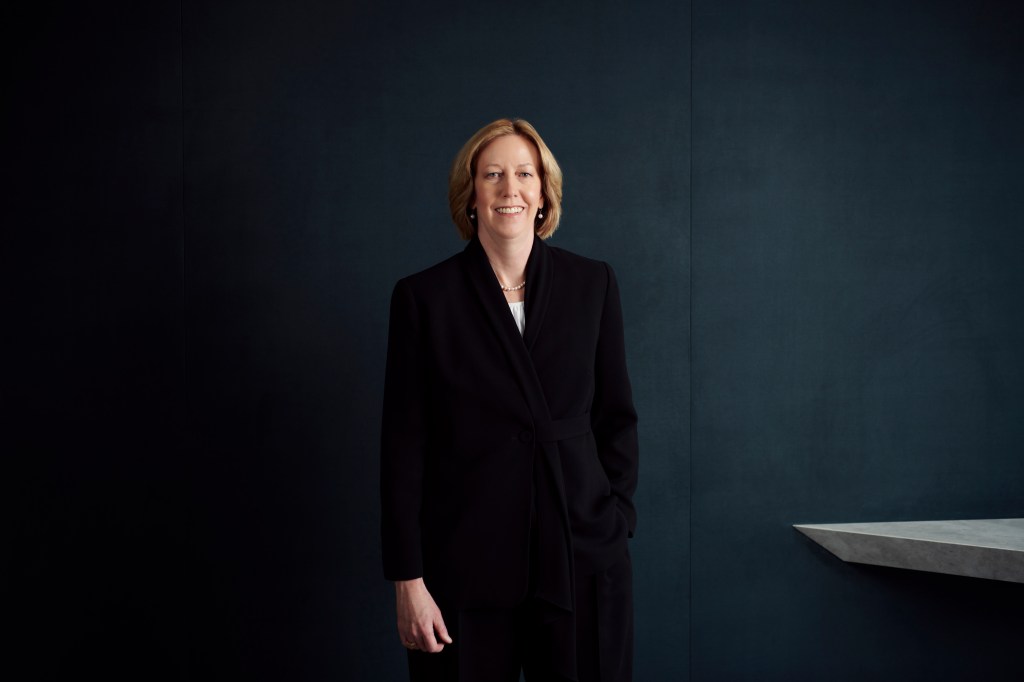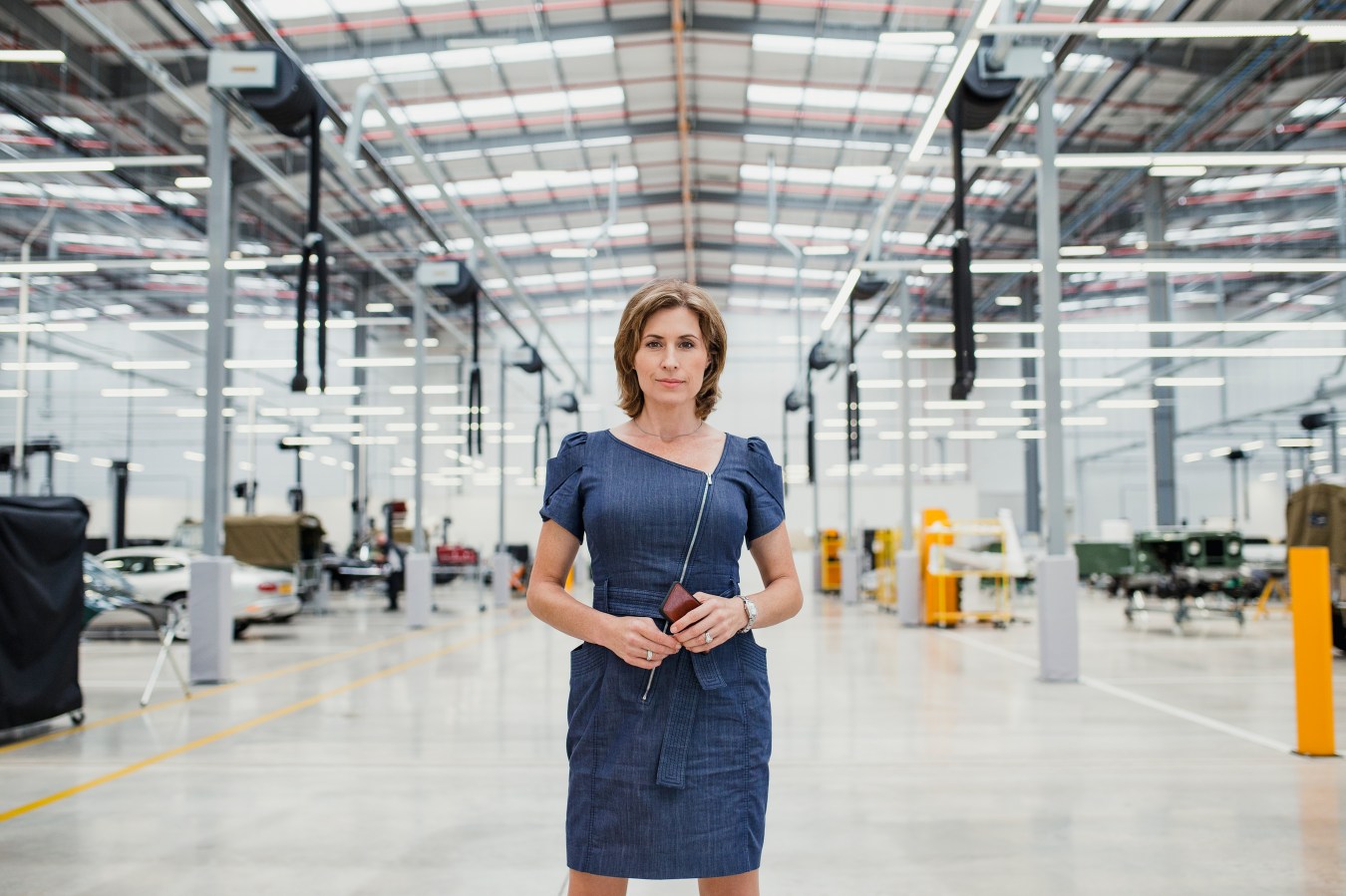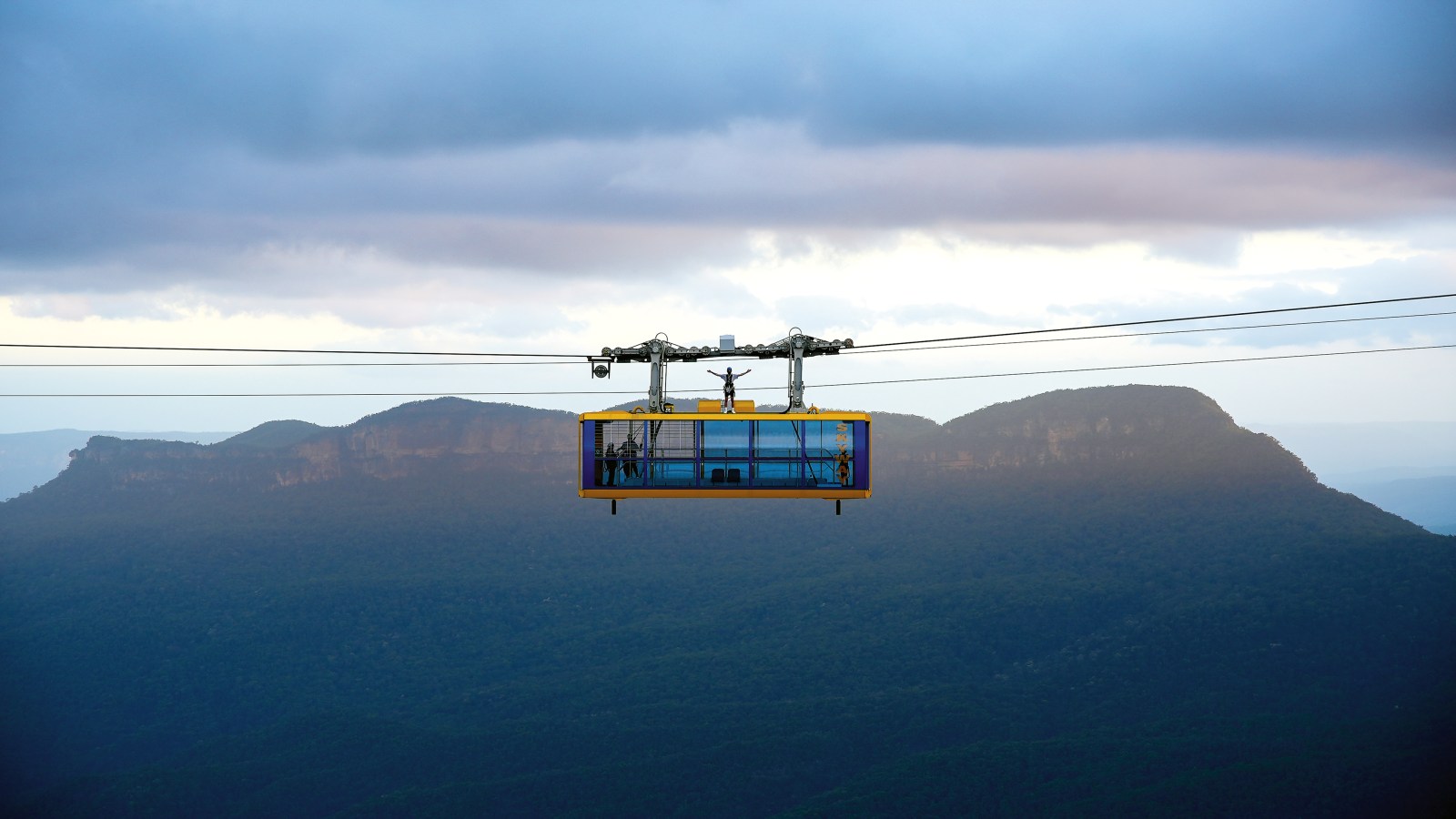Meg O’Neill was offsider to two ExxonMobil CEOs before she came to Woodside Petroleum – where she’s changed its name and its direction, but has she gone far enough?

Meg O’Neill’s first four years with energy giant ExxonMobil were spent making waves and measuring their impact. Literally.
After graduating from the Massachusetts Institute of Technology as a chemical and ocean engineer, she found herself doing computer models of offshore oil rigs and then testing those models in swimming pools, simulating hurricane-level rollers. And she’s happy to say that all the rigs she was involved in designing have withstood multiple Gulf of Mexico hurricanes.
After four years modelling in Houston, Texas, O’Neill moved to reservoir engineering in New Orleans, always letting the bosses know she was keen to take on leadership roles.
The chance came with an engineering leadership role in Jakarta in 2003, before getting the chance to run the company’s LNG gas fields in Aceh, months after the Indonesian province had been devastated by the 2004 tsunami. The operation had been unaffected, but many of the staff had suffered losses, and she had to navigate the cultural differences.
A different problem
“When I arrived, I was very young and westernised and outspoken,” says O’Neill. “I learnt a lot about how to engage people and encourage people to speak up.” Any given problem was not always what it seemed, she says. “As an example, we regularly observed people not wearing safety glasses. Our reaction was often, ‘Well, you should wear them’. But as I started to query it, it became clear a lot of our workforce was over the age of 40 and needed reading glasses. But you couldn’t get prescription safety glass in Indonesia.”
She organised to make that possible and absorbed the lesson that you couldn’t just tell people what to do. “You ask and listen to the answer. And when you do that, you realise it’s a very different problem that you need to solve.”
After three years in Aceh, O’Neill went back to HQ in Houston for a global role looking after reservoir engineers before she went to Canada to lead the offshore businesses in Newfoundland and Nova Scotia. Then it was off to Norway as country manager.
Just as she’d done in Indonesia, O’Neill learnt the language up to a conversational level and loved going to the rigs for quarterly visits. “That’s where the rubber meets the road. The offices are nice, but we don’t produce any oil or gas. We don’t make any money there. We just spend it.”
After Norway, it was back to HQ where she looked after Asia Pacific – giving her first taste of Western Australia through Exxon’s stake in the Gorgon LNG plant on Barrow Island off the Pilbara coast – and then Africa.
Casting a shadow
In 2016, O’Neill came on board as CEO Rex Tillerson’s executive advisor – a chief of staff type role. While Tillerson wasn’t the sort of person to give direct leadership advice, she keenly observed how he worked in the daily interactions.
“Rex was a values-centred leader. He was an Eagle Scout in his youth. He had a deep sense of patriotism and right and wrong. That has served me well. There are always tough decisions to make as a leader, and asking yourself, ‘Can I look myself in the mirror with this decision?’ is a great litmus test.
“You have to have conviction that what you’re doing is right.”
Meg O’Neill
“Rex is a tremendous listener. He would attend a meeting, listen deeply, and make insightful comments.” O’Neill saw the way he was “patient with decision making”; that if you wait for more information to come in, your decisions will be better informed.
And she saw how aware he was of the “leadership shadow”. “Anything I say risks causing a ripple through the organisation. Rex was masterful at being disciplined with the things he said. He knew that one false word could set off a flurry of unintended activity. I’ve absolutely taken that lesson to heart.”
She declines to comment on how difficult that must have been for Tillerson when he became President Donald Trump’s first secretary of state.
Watching his Exxon successor, Darren Woods, provided a new lens. “It was great to see how two different CEOs ran the business and what the important things were to them.
“Darren came from a different part of the business. He came from ‘downstream’ – refining marketing, lubes and petrochemicals – so there was a customer orientation. It was nothing against what Rex had done, but it was an opportunity to take the next step in the climate-change space.”
Jumping ship
O’Neill’s journey to Australia began at the World Petroleum Congress in Istanbul when the then Woodside CEO, Peter Coleman, a former Exxon Indonesia colleague, asked if she’d like to catch up over dinner. He sounded her out about coming across as chief operating officer. She was interested.
As she’d gone further up the chain at Exxon, she missed the frontline connection. And she saw much more ability to set a new course for Woodside. Coleman, in the job since 2011, wasn’t going to be there forever.
“ExxonMobil is a big battleship, and, yes, leaders can influence it, but the ship is travelling with a fair amount of momentum. Whereas, with Woodside, we were at a point in our corporate history where big decisions needed to be made about the company’s future, and I was excited about being part of that.”
She had to consider her wife, Vicky – whom she’d met in 2014 – and their teenage daughter. They visited Perth as a family to check it out and decided to take the plunge.
When she left high school, O’Neill had tossed up between studying engineering or history. She’d chosen engineering for its pragmatic employment prospects. But she still loved history and always tried to read up on the new countries she went to. “If you can understand history, you can better understand the present,” she says
“I take a lot of comfort that what we’re doing does improve people’s lives. We are keeping homes warm in Korea in the winter, keeping the lights on in Tokyo, keeping industry running in Western Australia.”
And she liked what she saw of Woodside’s history. “One of the things we talk about at Woodside is pioneering spirit. We started life as a small explorer. We discovered the North West Shelf gas field. So, what do you do with this giant resource? It was a scrappy effort to pull together a joint venture that could develop it, a group of customers in Japan who would take the gas and the banks to finance it. Woodside did difficult things to get up and running.”

When O’Neill took the reins after Coleman’s departure in 2021, it wasn’t long before another challenge presented itself. “The BHP chair reached out to our chair (Richard Goyder). They were looking at moving away from oil and gas, and would we be interested in a merger? And doing it quietly?” It was an audacious prospect that would double the size of Woodside.
And it was clear it wouldn’t work unless both sides came out better off. The shareholders had to vote for it.
“My orientation and my preferences are towards openness and transparency. The more transparent you are, the easier it is to find a win-win space. If you’re in a commercial situation, and people are holding things back, finding a space that wins for everybody makes it hard. That’s not true for all negotiations. There are some where you’re trying to claw a little more value for us.”
O’Neill was involved in all the discussions trying to land the $63-billion deal whose completion saw the company join the world’s top-ten independent oil and gas companies. And ahead of the deal’s closure, she changed the company’s name from Woodside Petroleum to Woodside Energy to better reflect her hopes for its role in the global energy transition away from fossil fuels.
Protests
The company adopted a target in 2022 that it would invest US$5 billion in new energy products and lower-carbon services by 2030. And it made a non-binding pledge to be carbon neutral by 2050. Those goals, however, keep rubbing up against the realities of extracting fossil fuels. Last year, O’Neill took a restraining order against activists from Disrupt Burrup Hub who were arrested for protesting outside her home.
This week she faces a hostile shareholder meeting where activist shareholders will argue that she hasn’t gone far enough towards an energy transition and will attempt to vote down her energy plans, as well as remove company chair Richard Goyder.
How does it feel to be seen as a bad guy in the climate crisis?
“You have to have conviction that what you’re doing is right. And I spend a lot of time with customers. I spend a lot of time with governments in places like Japan and Korea, understanding what’s really happening on the ground. There’s a clear understanding that, yes, renewables are important, but gas has to be part of the mix. So, I take a lot of comfort that what we’re doing does improve people’s lives. We are keeping homes warm in Korea in the winter, keeping the lights on in Tokyo, keeping industry running in Western Australia.”
Does it make you feel better that you’ve taken the business towards green energy?
“First and foremost, that’s not why we’re doing it. We have absolute conviction in the role of oil and gas. There’s a whole bunch of products that require hydrocarbons as an input. Gas is used for fertiliser, and it’s used for glass and brick making, petrochemicals, and road building. We want to diversify the business into things like hydrogen and carbon solutions. That’s just prudent. There will be uncertainty about how the future evolves, and if the world starts moving more rapidly towards demanding these lower carbon products, we want to have them available.”



